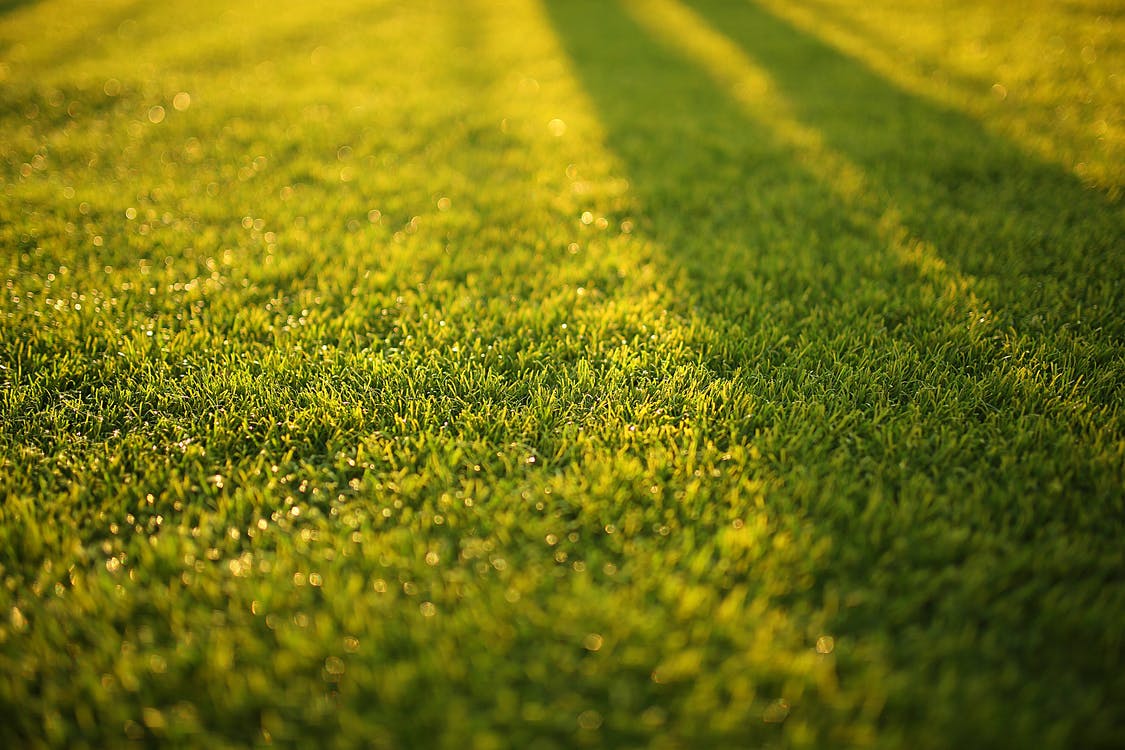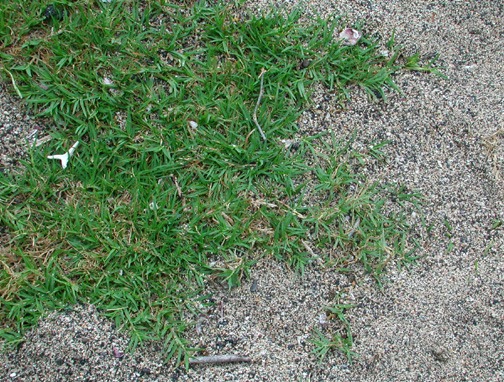Maintaining a thriving green lawn might appear to be laborious and taxing. However, it is not true in every case. Maintaining green and healthy lawns requires a schedule involving regular mowing and periodic application of fertilizer. If you do this with care and diligence, your lawn is good to go.
While the grass in every lawn or golf course might look the same to many, there are dozens of different types of grasses. Most of these types of grass do pretty well with healthy soil, some sunshine, and a tad bit of rain. Nevertheless, knowing the type of grass your lawn needs can help choose the right seed for your region so that the grass thrives in the weather.
Types of Grass
Often, lawns have a mixture of one or two of these grasses, and there are two main categories in which all the turf grasses fall into:
1. Warm-season Grass
It performs best in warmer climatic regions, such as the Gulf Coast, southern, and southeast regions.
2. Cool-season Grass
It is suitable for regions that experience the bitterly cold climate and extreme fluctuations in temperature – including states in the north, northeast, upper Midwest, and the Pacific Northwest.
Warm-Season Grasses
1. Bermuda grass
This type of lawn grass appears to have very dark green leaves with pointy heads. They have a vibrant root system consisting of rhizomes and stolons which grow above and below the soil. Due to this type of root system, choosing Bermuda grass results in a thick and dense lawn.
This warm-season grass requires more frequent watering. However, Bermuda grass can do without regular mowing if you cut it very short. So, this cuts down on a lot of maintenance other types of grass may require. You can skip on the mowing in hot sweltering weather and save yourself some time and energy.
2. Centipedegrass
This warm-season grass has light green leaves with notched ends. It also grows with stolons and spreads rapidly in a horizontal manner. Similar to the Bermuda grass, centipedegrass also results in a thick turf. It grows very close to the ground and hence requires less mowing than the other types.
If you live in a very dry region, this type of grass might not be suitable for your region as it demands frequent and consistent watering. You can, however, be relieved to know that centipedegrass can do well without a lot of fertilizers and surely withstand acidic soil.
3. St. Augustine Grass
This is another warm-season grass suitable for hot climates as it is highly heat-resistant. This is why it is very popular across the Gulf Coast regions, such as Florida. It grows slowly and has wide coarse leaves with rounded tips.
St. Augustine grass requires watering often and can easily bear rather heavy rainfalls that are very common in the country’s southeastern regions. This type of warm-season grass might not be suitable for home lawns as the leaves are not soft and cushion-like. However, it survives well under heavy foot traffic and high-powered lawn equipment.
4. Zoysia grass
This type of grass has some features similar to St. Augustine. It grows slowly and has stiff, coarse leaves that are not very soft. It can also withstand a lot of sunlight. The only difference is that Zoysia grass does not require as much watering as St. Augustine grass.
During cold spells, Zoysia grass might become dormant and appear brown. However, it returns to its normal appearance once the sunlight is back and the weather warms up.
5. Buffalo grass
As the name suggests, this type of grass originated in plains that served as home to buffaloes. It is found in several western regions of the US and has a high resilience for hot and dry weather. However, it cannot withstand a lot of rainfall.
Cool-Season Grasses
1. Fine Fescue Grass
This type of grass has thin pointy leaves and grows rapidly. It cannot withstand long periods of hot and dry weather, but it can tolerate temperature fluctuations, performing well in the sun as well as shade. Hence why it is ideal for northern climates. This is a type of grass that you can ideally plant under trees.
Fine fescue grass is not usually planted on its own without mixing it with some other seeds, such as bluegrass and ryegrass seeds.
2. Kentucky bluegrass
This is one of the most popular types of cool-season grass. Numerous northern sod farms grow this Kentucky bluegrass as it is a reliable choice. It produces healthy and thriving lawns with a hearty green color. The leaves of this grass are V-shaped and soft. They withstand heavy foot traffic and lawn machinery efficiently.
It has a robust root system of rhizomes that is present underground. This is why Kentucky bluegrass grows rapidly and is strong. Interestingly, this type of cool-season grass is known to be “self-repairing,” – which implies that it repairs and regrows the damaged patches in the grass.
3. Perennial Ryegrass
Perennial ryegrass has pointy leaves that are very soft and thin. However, even with their softness, the leaves can bear foot traffic very efficiently. They do well in both sun and shade. Moreover, the grass has a quality of quick germination and grows faster than most of the other types of cool-season grass.
Perennial Ryegrass is usually mixed with other cool-season grass varieties, such as Kentucky bluegrass, to make the turf more resilient to shade. There is one characteristic of this grass that might make the lawn look patchier than others, and that is, it grows thicker in some areas.
4. Tall Fescue grass
This is an ideal grass for hot and dry climatic regions. Its leaves are thick, dark green, and very coarse; thus, they can easily withstand heavy foot traffic. This is why tall fescue is usually used in athletic fields. It is also found growing unevenly thick in some areas, which results in a patchy lawn.
Healthy Thriving Lawns
Your home looks extremely posh with a highly maintained lawn that has lush green grass. However, you have to put effort into maintaining such a lawn. It requires regular mowing, application of fertilizer, trimming, caring, and information on different types of grass. Without the knowledge of various varieties of grass and how they perform in different weather conditions, your lawn will likely end up in a puddle or burnt grass.
Therefore, educating yourself in this regard is more than necessary. The amount of energy and time you put in maintaining your lawn should not be wasted away just because you used the wrong mixture of seeds or type of suitable grass.


